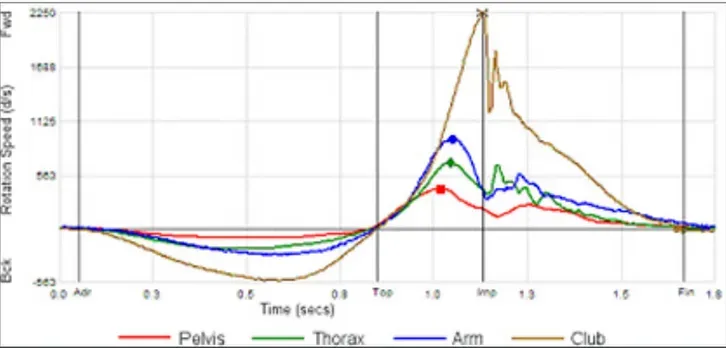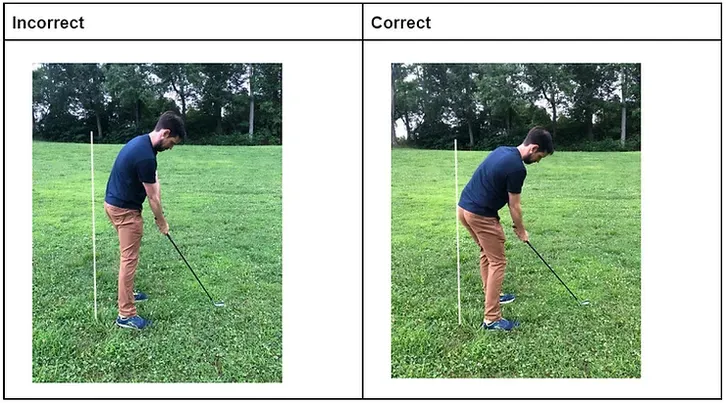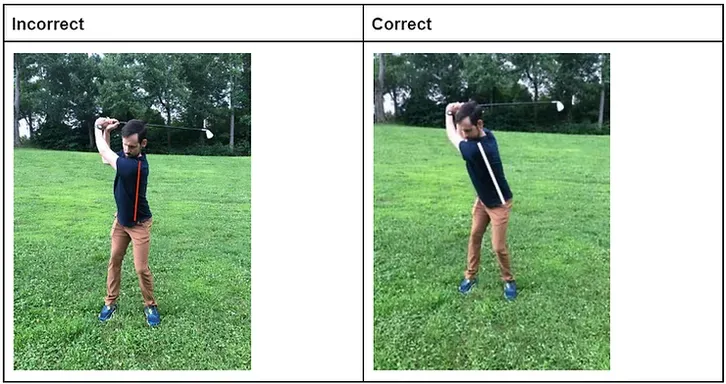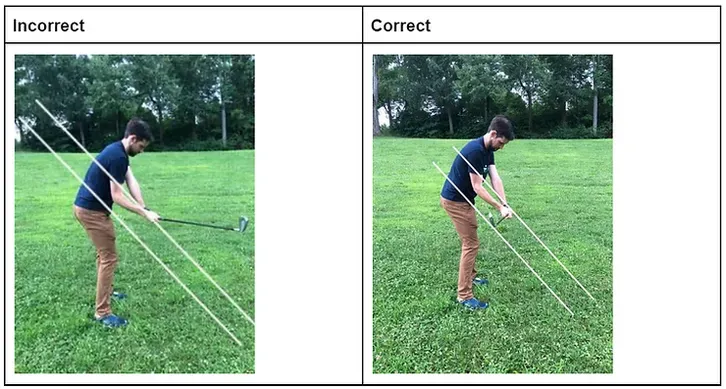Why Every Golfer Need a Titleist TPI Golf Assessment, Today!
It's no secret that golf is one of the most popular sports people participate in the United States.

The National Golf Foundation estimates that 45.9 million people played golf in 2024 either on a course or off a course such as a driving range, indoor golf or simulator. In the United States golf is now more popular than soccer and boxing making it the 4th most popular sport, right behind, baseball, basketball and of course football, There are numerous social media and YouTube channels with followers in the hundreds of thousands to millions of people indicating that more people than ever want to learn more about the sport and improve their game.
With this high participation rate there is also relatively high injury rates associated with it. One study found nearly 25% of 1,641 recreational golfers experience low back pain in a year. Titleist, one of the top golf companies in the world, was worried about longevity in the sport due to troubling statistics like this. In an effort to change this they collaborated with the leading Doctors, chiropractors, physical therapists, personal trainers, and swing coaches from all over the country that work with golfers. This collaboration led to the organization called the Titleist Performance Institute (TPI) founded in 2003.
The goal of TPI was to find the most efficient way to swing a golf club that led to consistent ball striking and was easiest on the body. They figured this out through 3D motion analysis of lots of golfers of all ability levels and were able to figure out the sequence of movements that are necessary for an efficient and powerful golf swing. Next, this team developed a systematic evaluation that looks at a golfer's movement to determine if there’s any strength, coordination, or flexibility limitations preventing them from this optimal way of swinging a golf club. This evaluation is called “the kinematic sequence.”
Kinematic Sequence
The kinematic sequence refers to this optimal way to swing a golf club that puts less stress on your joints and is very repeatable and powerful. The Titleist Performance Institute found through 3D motion analysis that all players on the PGA, LIV, LPGA and World Long Drive tours generally follow a similar sequence of movements even though their swings can appear to be very different. A quick google search of John Daly, Jim Furyk, Bryson DeChambeau, Ernie Els, and Rory Mcllroy will find 5 very different swings for 5 very good golfers. All 5 of these golfers may have a very different looking swing, however, TPI found they all follow a similar kinematic sequence below.
Find out what's happening in Doylestownfor free with the latest updates from Patch.
- Backswing: hip rotation => trunk rotation => shoulder rotation => club rotation
- Downswing: hip rotation => trunk rotation => shoulder rotation => club rotation

How Can a TPI Certified Instructor Help With Golf Movement?
TPI Certified Instructors are experts in analyzing human movement within the golf swing and providing ways to correct that movement. We are not here to replace your current swing with the swing of a Tour Pro. Instead, golf instructors at Imagen Golf are trained through the Titleist Performance Institute to perform the TPI exam. This is a series of 17 movements that show PT any stability (strength, coordination) or mobility (flexibility) deficits that are preventing the golfer from achieving the movements in the kinematic sequence.
For example, if you are a long time golfer who has been trying to stop a specific swing fault for years and you cannot seem to change it no matter how many drills or swing improvement gadgets you buy, a TPI exam will help shed light on why you cannot seem to get into certain positions while swinging the club. For example, many times these persistent swing faults can be from a hip that needs to be stretched out some or a little bit of strengthening in your core or hips to help drive that rotation in your downswing with more power.
Common Swing Faults TPI Instructors Can Help Correct
Here are 3 examples of common swing faults that can be traced back to movement and a general idea of how a TPI exam could help the Instructor come up with a plan to address any pain or performance issues in your golf swing related to movement.

Swing Fault: Early Extension at Impact
TPI Exam Findings: Limited hip rotation range of motion, limited pelvic rotation in setup posture, and weakness in glutes with single leg bridge.
Plan from TPI exam: Specific exercises to target Core and hip strengthening to maintain setup posture through swing, Stretches to improve hip rotation flexibility, and easily share results and plans with the golfer. Exercises will be prioritized depending on what finding was most important and the general ability of the golfer being tested.

Swing Fault: Reverse Spine Angle
TPI Exam Findings: Tightness in lats, limited trunk rotation, limited hip rotation, limited control of core and pelvis in pelvic tilt tests
Plan based on TPI: Specific exercises to improve length in lats, joint flexibility in the spine, and better control of core. Exercises will be prioritized depending on what finding was most important and the general ability of the golfer being tested.

Swing Fault: Over the top in the down swing
TPI Exam Findings: Limited balance on one leg, weakness with single leg bridge and core stability test, limited hip and trunk rotation.
Plan from TPI Exam: Specific exercises to improve strength and balance standing on one leg, improve core and improve core and hip rotation. Exercises will be prioritized depending on what finding was most important and the general ability of the golfer being tested.
Exercises to Improve Golf Movement & Performance
Most golfers have limited time and prefer to spend as much of their free time golfing as possible rather than spending that time in a gym. This is why we are including a set of strength and flexibility exercises with this e-book meant to keep your spine, hips, and core muscles ready to play golf. Most issues with back, hip, knee, or shoulder pain in golf can be traced back to limited hip and mid back flexibility and/or weakness in your hips, core, and middle of your back. These exercises target these areas, they’re time efficient, and require very little equipment.
Want to Improve Your Golf Swing or Reduce Pain During Play? Contact Imagen Golf Today!
If you are having pain with your golf swing or persistent swing faults that you can’t get past no matter how many lessons or drills you try, then a TPI exam is a great place to start. The results of this test will help you hone in on ways that your body may be preventing you from swinging a golf club in a certain way and show you ways to fix it.
The exercises provided are a great place to start in maintaining good strength and flexibility for golf. If you are looking for ways to modify these or create a more challenging strength and mobility plan to support higher performance goals with golf, you should contact our fitness partner Total Fitness Zone. Their staff are not only TPI certified and have taken advanced training in managing fitness athletes. They will work with you to create a modern, evidence based fitness plan to support your golf game for years to come.
This is Golf as You've Always Imagined!
Daniel is a Top 100 golf Coach, PXG Staff Pro, World Long Drive Coach, TPI Certified and the Head of Golf Instruction at IMAGEN Golf the area's leading golf instruction and advisory firm, host of the IMAGEN Golf podcast and Best-Selling Author of "Unleash The Golfer Within".
For more information visit www.ImagenGolf.com or call 215-595-6299 Reach out to Daniel directly at:Daniel@ImagenGolf.com
For free golf tips and more listen to The IMAGEN Golf Podcast on Spotify, Apple Podcast or wherever you get your podcasts and follow us:
Instagram @ Imagengolf
Twitter @ imagengolf
Facebook Imagengolf
TikTok @ GolfBetterGuaranteed
Youtube ImagenGolf










